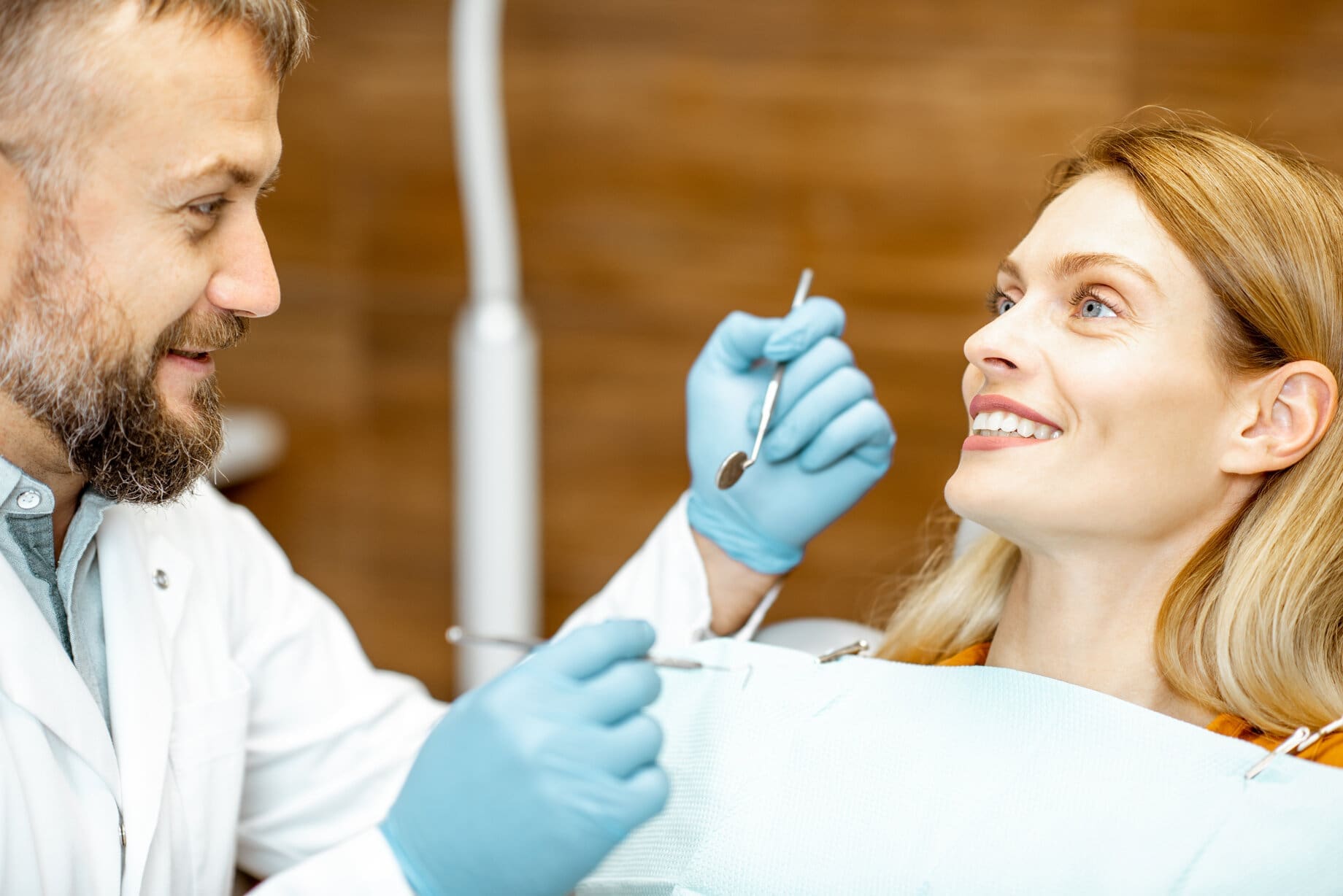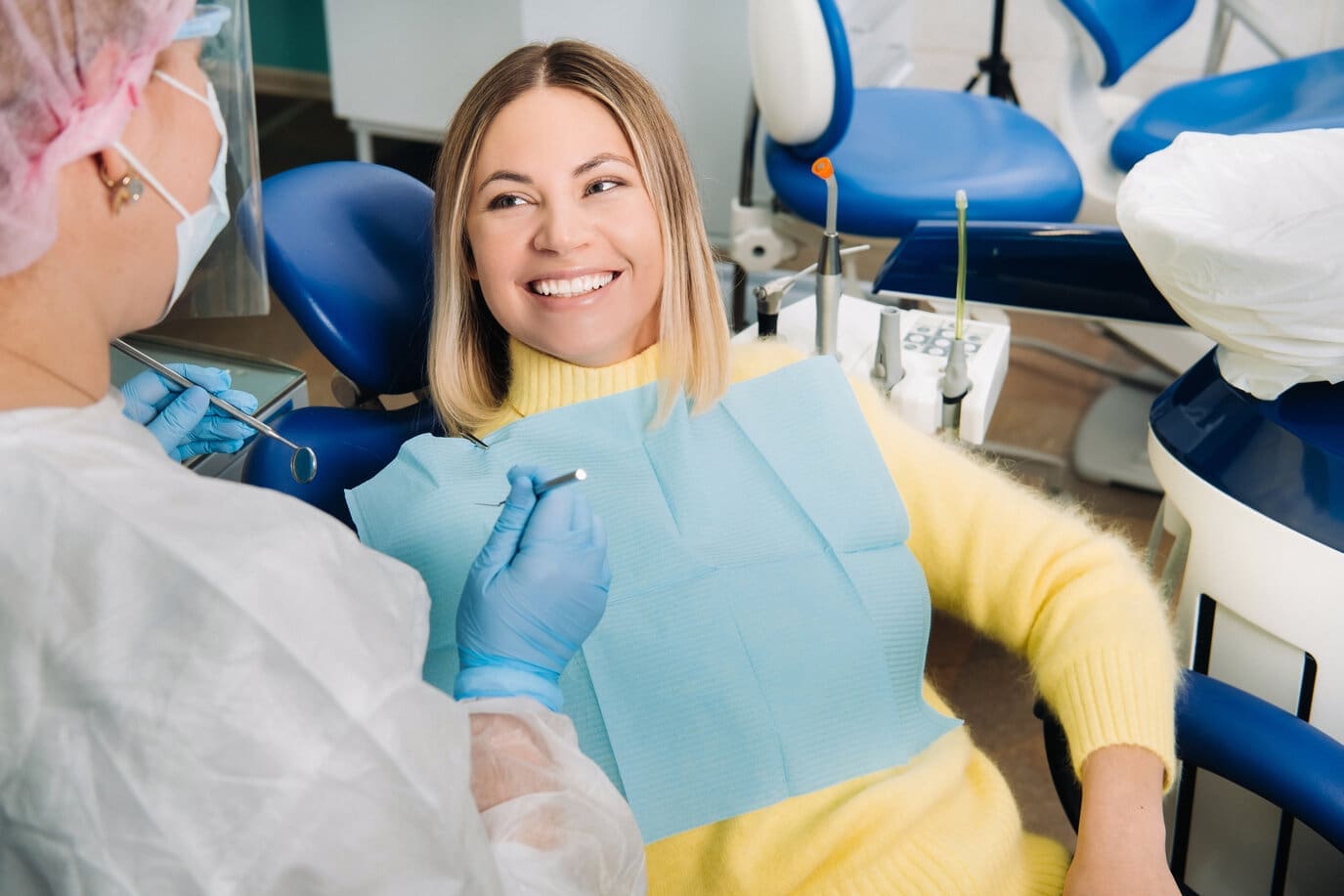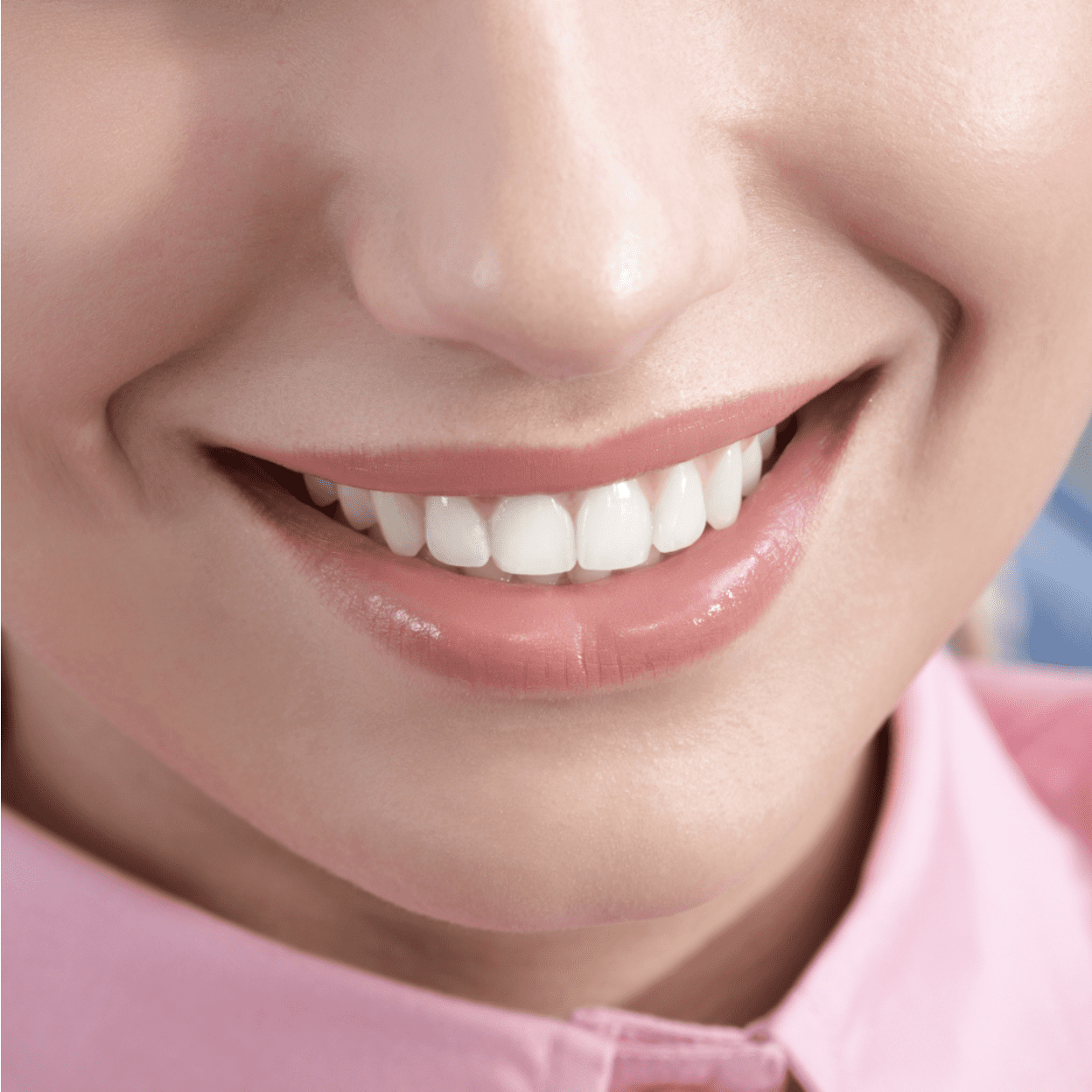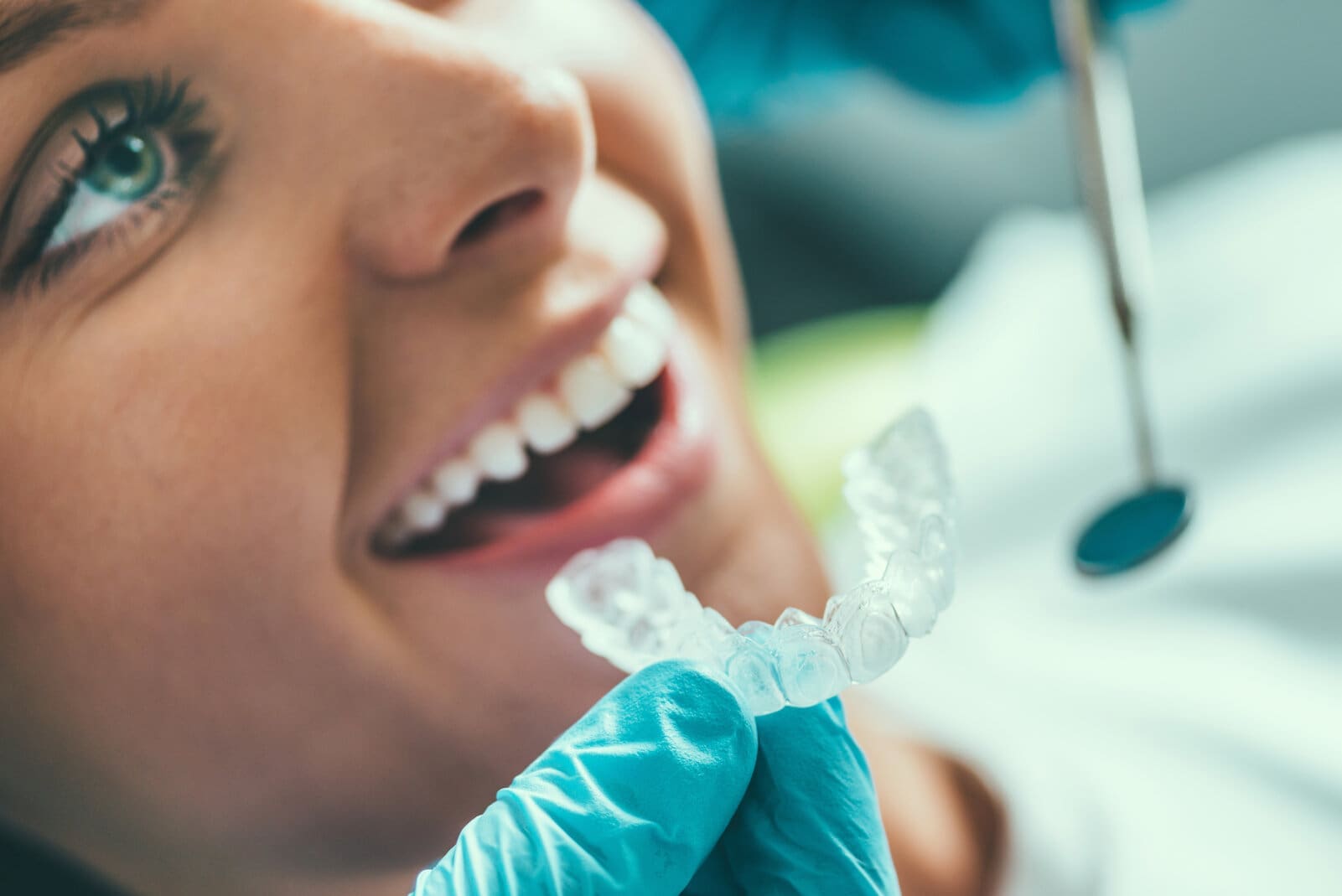
Dental Laser Technology to Cure Gum Disease – A Guide
Gum disease is a serious health issue that is common among adults, especially those over 30 years old. When this disease is not dealt with
Home » Archives for June 2022

Gum disease is a serious health issue that is common among adults, especially those over 30 years old. When this disease is not dealt with

When was the last time you had your teeth cleaned? If you had to think hard to remember, then that is probably not a good

Dentists can examine your mouth to detect possible issues, but even with their specialized tools, there’s only so much they can see. Dental issues can

Of all the common restorative procedures done on patients, dental crowns are among the most common. Why? This is often because many people run into

Porcelain is highly sought after. People prefer them over vinyl when renovating because they last longer and do not lose their appeal over time. Porcelain

The tongue’s range of motion is controlled or limited by a thin band of tissue called a frenulum, most commonly found under or around the

People who want straight teeth but don’t want to wear traditional braces often choose Invisalign, a rapidly expanding treatment. Prospective patients wonder how Invisalign straightens

X-rays are a popular technology capable of showing us what’s beneath our skin without having to do surgical procedures. It does this by using high-energy